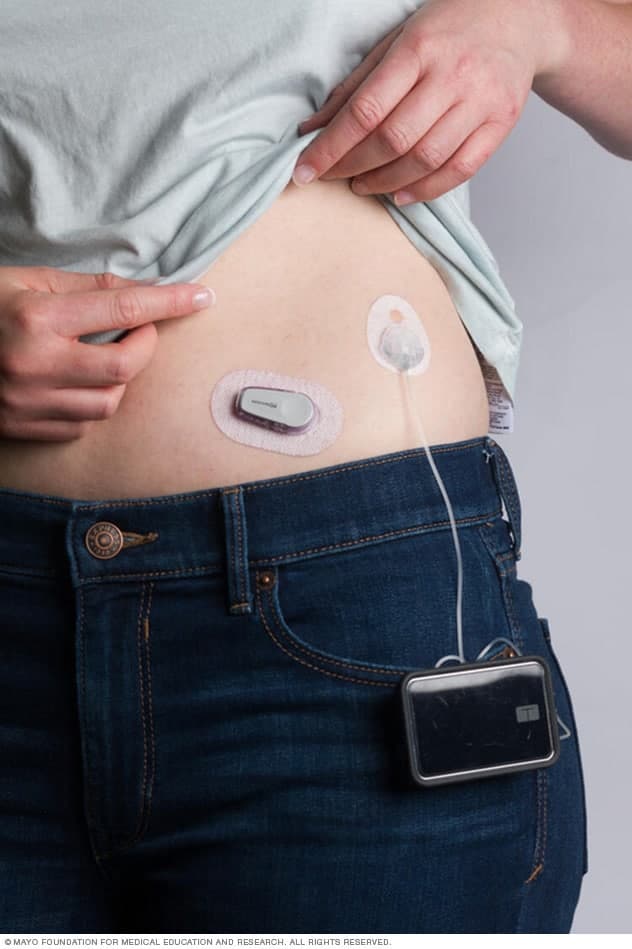Blood sugar monitors are crucial tools for managing diabetes, providing users with the necessary data to maintain optimal glucose levels. However, recent concerns have arisen regarding the accuracy of certain Abbott Blood sugar testing equipment This blog explores why some Abbott monitors may give incorrect readings and offers guidance on how to address these issues.
Understanding Blood Sugar Monitors
How Blood Sugar Monitors Work
Blood sugar monitors, also known as glucometers, are devices that measure glucose levels in the blood. Users typically perform a fingerstick to obtain a blood sample, which is then analyzed by the monitor. The device displays the glucose level, helping users make informed decisions about their diet, medication, and overall diabetes management.
Abbott’s Blood Sugar Monitors
Abbott is a well-known manufacturer of Blood sugar testing equipment including models such as the FreeStyle series. These devices are designed to provide accurate and reliable glucose readings. However, like any medical device, they are not immune to issues that can affect their performance.
Issues with Certain Abbott Blood Sugar Monitors
Reports of Inaccurate Readings
There have been reports that some Abbott blood sugar monitors may give incorrect readings. These inaccuracies can lead to mismanagement of glucose levels, potentially causing both hypoglycemia (low blood sugar) and hyperglycemia (high blood sugar). Incorrect readings can result from various factors, including device malfunctions, user error, or issues with the test strips.
Common Causes of Incorrect Readings
Several factors can contribute to inaccurate readings with Abbott blood sugar monitors:
Calibration Errors
Blood sugar monitors require proper calibration to ensure accurate results. If a device is not calibrated correctly, it may provide erroneous readings.
Test Strip Quality
The quality of test strips can impact accuracy. Expired or damaged test strips may not provide reliable results.
User Technique
Inaccuracies may result from using the monitor improperly, which includes using the wrong blood sample size or location.
Environmental Factors
Extreme temperatures, humidity, or exposure to contaminants can affect the performance of Blood sugar testing equipment and their test strips.
Addressing Inaccurate Readings
Verifying Accuracy
If you suspect that your Abbott blood sugar monitor is giving incorrect readings, it’s important to verify its accuracy. Here are some actions that you can do:
Perform a Control Test
Most blood sugar monitors come with control solutions designed to test the accuracy of the device. Use this solution to check if your monitor is providing accurate results.
More Read About: FDA Approves Dexcom OTC CGM: A Leap in Diabetes Management
Cross-Check with Another Device
Compare readings from your Abbott monitor with those from a different, reliable glucose meter. Significant discrepancies may indicate a problem with the device.
Check Test Strip Expiration
Ensure that your test strips are not expired and have been stored according to the manufacturer’s instructions.
Troubleshooting and Maintenance
Proper maintenance and troubleshooting can help address issues with inaccurate readings:
Calibration
Observe the guidelines provided by the manufacturer while calibrating your display. Accuracy maintenance requires routine calibration.
Clean the Device
Keep your blood sugar monitor clean and free from contaminants. Regularly clean the device according to the manufacturer’s guidelines.
Contact Customer Support
If you continue to experience issues, reach out to Abbott’s customer support for assistance. They can provide guidance on troubleshooting and may offer replacement options if the device is faulty.
Alternatives and Considerations
Exploring Other Brands
If you find that your Abbott blood sugar monitor consistently provides inaccurate readings despite troubleshooting efforts, consider exploring alternative brands. Many reputable manufacturers offer reliable Blood sugar testing equipment with advanced features and accuracy.
Consulting with Healthcare Providers
Always consult with your healthcare provider if you experience issues with your blood sugar monitor. They can offer professional advice and help determine the best course of action for managing your glucose levels effectively.
Preventing Future Issues
Regular Monitoring and Maintenance
To minimize the risk of inaccurate readings, practice regular monitoring and maintenance of your blood sugar monitor. Adhere to recommended calibration schedules, replace test strips as needed, and maintain the cleanliness of your device.
Staying Informed
Stay informed about potential issues with your blood sugar monitor and any recalls or updates from the manufacturer. Being proactive about device maintenance and staying updated on product information can help ensure accurate glucose measurements.
Conclusion
Certain Abbott blood sugar monitors may give incorrect readings due to various factors, including calibration errors, test strip quality, user technique, and environmental conditions. Addressing these issues involves verifying accuracy, troubleshooting, and maintaining your device properly. If problems persist, exploring alternative brands and consulting with healthcare providers can help ensure effective glucose management. By staying vigilant and informed, you can minimize the risk of inaccurate readings and continue to manage your diabetes effectively. Ensuring the reliability of your blood sugar monitor is crucial for maintaining optimal glucose levels and overall health.


